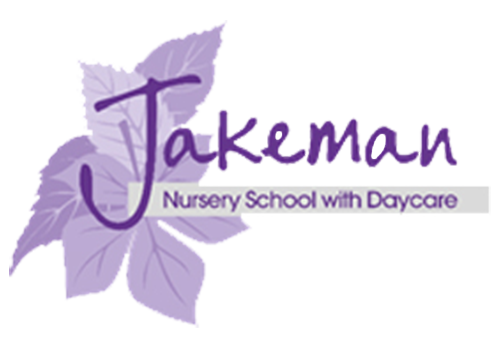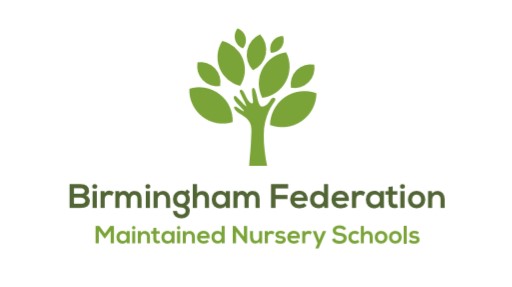Schemas are described as patterns of repeated behaviour which allow children to explore and express developing ideas and thoughts through their play and exploration. The repetitive actions of schematic play allow children to construct meaning in what they are doing. Young children learn best through opportunities to engage in active learning through hands on experiences. These opportunities allow children to problem solve, question, predict, imagine, speculate and develop independent choices as they make decisions in an area they are familiar with.
It is important to understand that children use play to develop a methodical, systematic and logical collection of information through their senses and movements as they interact with practitioners, each other, objects and materials within the nursery environment.
The EYFS states that if as practitioner we support children's schematic play patterns we can build on individual children's interests, therefore taking part in powerful learning opportunities through sustained shared learning experiences.
Through a basic knowledge and understanding of schemas it can support practitioners in understanding their observations of children, which can in turn support the assessing and planning for the children's next steps
Here are some of the most common types of observed schema we see in Nursery.
|
TRAJECTORY |
Patterns of movement emerge in which children move their arms, legs and bodies in horizontal and vertical lines e.g. pushing, kicking (horizontal trajectory) and dropping objects or putting things in and out of containers (vertical trajectory). This develops into exploration of straight lines (up, down or horizontal). Babies can be observed reaching out for objects, kicking their legs, opening and closing their hands, waving arms up and down or side to side, throwing, pulling, pushing, pointing, rocking, climbing or stepping up and down. |
|
ROTATION |
This is observed when children turn or rotate themselves or objects. They will spin, twist, roll and turn objects and roll their bodies. Rotational schema are often energetic and children will be seen running and spinning in circles, riding around and around on bikes or twisting ribbons, scarves and ropes. |
|
ENCLOSING
|
Children may be observed joining lines or building structures with different materials to form an enclosure. These enclosures can be round, square or rectangular. Children may build fences or walls around objects or fill in an enclosure they have drawn or built. They can also draw borders around their art creations, or may arrange the food around the edge of their plate or ride a bike around and around an enclosed space they have constructed. |
|
TRANSPORTING
|
Children will become intent on moving objects from place to place, the objects may be carried in their hands, pockets or through filling containers such as buckets, trolleys, wheelbarrows and bags, these collected objects are then placed in piles around the nursery. |
|
ENVELOPING |
Children will be observed covering objects or themselves with different materials. Children may be seen to cover themselves, hide, camouflage and conceal themselves or objects. This could include dressing in a number of hats, scarves, necklaces and bangles. Making dens under blankets or using furniture to construct a cave. Children may fill bags with all sorts of bits and pieces from around the nursery, paint or glue over their hands and then peel it off or paint over a picture with a single colour. They may be seen wrapping items in pieces of paper or materials. |
|
CONNECTING |
Children will be observed joining things together, tying things up using rope, tape, string or ribbon. They could be seen tying toys together using ribbon, building chains out of objects, fastening fabrics together to suspend things from chairs or trees in the garden. (This can lead to a disconnecting schema where the child builds something that they can demolish through untying knots etc) |
|
POSITIONING |
Children can be seen positioning, ordering and arranging objects or themselves. At times children may be obsessive in placing items in the exact place (e.g. on top, next to, in front of, around the edge, beside, behind) of an object or person. The children may be observed lining up objects in order of size, colour or shape. It can also be noted that some children may not wish their food to be mixed together on the same plate. |
|
ORIENTATION |
Children will be observed looking at things from different viewpoints such as hanging upside down, looking through their legs, looking at things upside down. Children may enjoy building ramps to see higher up, rolling, climbing or standing on a ledge to see in a higher position. They may also put objects or themselves in different places / positions. |




